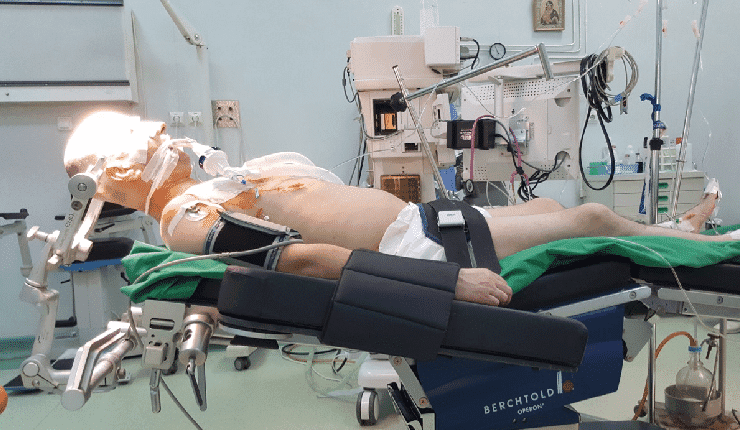Anesthesia Considerations in Nephrotic Syndrome Patients Undergoing Renal Biopsy
Introduction:Nephrotic syndrome is a renal disorder characterized by significant proteinuria, edema, hypoalbuminemia, and hyperlipidemia. When patients with nephrotic syndrome require a renal biopsy to diagnose or manage their condition, anesthesia plays a vital role in ensuring patient comfort, safety, and procedural success. This content explores key anesthesia considerations specific to patients with nephrotic syndrome undergoing … Read more










